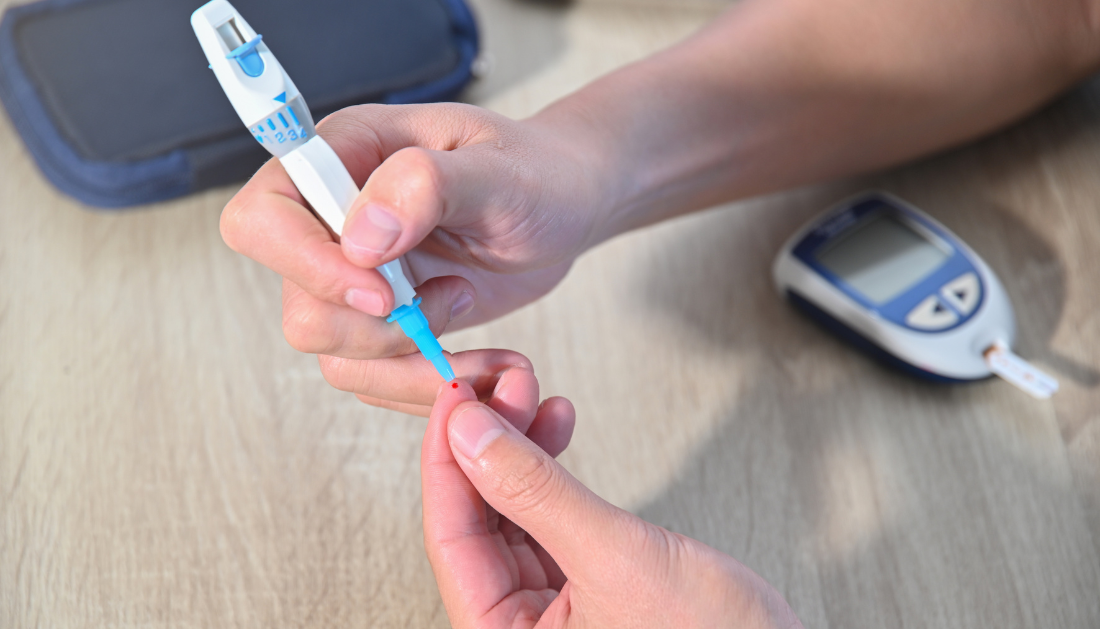

In the last 20 years, the number of young individuals with type 2 diabetes who are between the ages of 10 and 19 has more than doubled, but doctors still don’t know who will be diagnosed with the disease or who will get better with therapy. According to a recently published study from the University of Oklahoma, assessing the amount of microRNAs in the blood that circulate and have an impact on the pancreatic beta cells that produce insulin is probably just as useful as assessing blood sugar levels in predicting the prognosis of a young patient with the condition.
The study’s lead author, OU College of Medicine associate professor of pediatrics Jeanie Tryggestad, M.D., is published in The Journal of Clinical Endocrinology & Metabolism. This is one of the first times that the progression of Type 2 diabetes in young people has been predicted using microRNA abundance. The particular microRNAs under investigation have a role in insulin resistance as well as other processes that can stress or even kill beta cells. The research is important since it identifies a process that must be comprehended to develop a prevention approach.
Type 2 diabetes in youth is so aggressive, and the decline of beta cell function in youth is much more than we see in adults. We believe that predicting what will cause beta cell dysfunction and eventually preventing that dysfunction, is one of the keys for preventing or treating Type 2 diabetes.” – Jeanie Tryggestad, Associate Professor, Pediatrics, College of Medicine, University of Oklahoma
Tryggestad’s research showed that, when it came to identifying which patients would not respond to Type 2 diabetes treatment, microRNAs were at baseline almost as predictive as the A1C measurement (the average blood sugar level). An A1C of more than 8% for six months or a situation that forced the research subject to resume taking insulin without being able to do so were considered treatment failures. Moreover, circulating microRNAs predicted a 20% reduction in beta cell activity in the first half of the study’s duration.
Tryggestad stated that although microRNAs can only now be assessed in a research context and not in a clinical one, this could change in the future. The study’s implications are significant not just for microRNAs’ predictive capacity but also because they show one of the mechanisms via which Type 2 diabetes progresses and develops.
“Glucose and A1C are relevant to me as a clinician, but as a clinician-researcher, it’s important to have this additional piece of information about microRNAs because it points us toward a mechanism. It’s the mechanism that we need to understand to design a prevention. It adds a layer of understanding that we haven’t had before,” she said.
It is increasingly important to address the sharp rise of Type 2 diabetes in youngsters. Youth Type 2 Diabetes cases rise by 5.3% annually in the United States. By 2060, the prevalence is predicted to have increased by an astounding 700% at that rate. According to Tryggestad, for the first time, more children and adolescents between the ages of 15 and 19 have Type 2 diabetes than Type 1 diabetes.
Participants in the historic TODAY project provided the samples used for analysis in this study (Treatment Options for Type 2 Diabetes in Adolescents and Youth). The multi-center clinical experiment, which started enrolling patients in 2003 and ended in 2020, was heavily influenced by the OU College of Medicine. Oklahoma enrolled more patients than any other participating site in the trial, with 699 study participants.
Though the initial study concluded, the trial, which was the first and largest of its type to compare therapies for Type 2 diabetes in childhood, has continued to provide data. An additional grant was given to the OU College of Medicine so that it may examine microRNA samples collected throughout the study’s first ten years.
For more information: Circulating MicroRNAs as Predictors of Beta Cell Function in Youth-onset Type 2 Diabetes: The TODAY Study, Journal of Clinical Endocrinology & Metabolism, https://doi.org/10.1210/clinem/dgae376
more recommended stories
 Can Ketogenic Diets Help PCOS? Meta-Analysis Insights
Can Ketogenic Diets Help PCOS? Meta-Analysis InsightsKey Takeaways (Quick Summary) A Clinical.
 Silica Nanomatrix Boosts Dendritic Cell Cancer Therapy
Silica Nanomatrix Boosts Dendritic Cell Cancer TherapyKey Points Summary Researchers developed a.
 Vagus Nerve and Cardiac Aging: New Heart Study
Vagus Nerve and Cardiac Aging: New Heart StudyKey Takeaways for Healthcare Professionals Preserving.
 Cognitive Distraction From Conversation While Driving
Cognitive Distraction From Conversation While DrivingKey Takeaways (Quick Summary) Talking, not.
 Fat-Regulating Enzyme Offers New Target for Obesity
Fat-Regulating Enzyme Offers New Target for ObesityKey Highlights (Quick Summary) Researchers identified.
 Spatial Computing Explains How Brain Organizes Cognition
Spatial Computing Explains How Brain Organizes CognitionKey Takeaways (Quick Summary) MIT researchers.
 Gestational Diabetes Risk Identified by Blood Metabolites
Gestational Diabetes Risk Identified by Blood MetabolitesKey Takeaways (Quick Summary for Clinicians).
 Phage Therapy Study Reveals RNA-Based Infection Control
Phage Therapy Study Reveals RNA-Based Infection ControlKey Takeaways (Quick Summary) Researchers uncovered.
 Pelvic Floor Disorders: Treatable Yet Often Ignored
Pelvic Floor Disorders: Treatable Yet Often IgnoredKey Takeaways (Quick Summary) Pelvic floor.
 Urine-Based microRNA Aging Clock Predicts Biological Age
Urine-Based microRNA Aging Clock Predicts Biological AgeKey Takeaways (Quick Summary) Researchers developed.

Leave a Comment